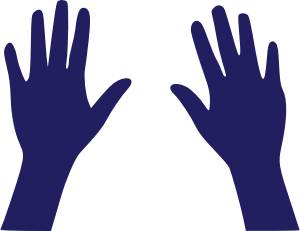Memorial Assembly Guide
Agreements
We aim to build a world where we treat each other with respect and care. The memorial assembly is a way to model these relationships in the present. It is important for those hosting the event, to set the tone for the space, and what can be expected there.
Here are some sample community agreements:
- Listen when others speak
- Honor different experiences of grief
- Respect emotional and physical boundaries
- Come with an open heart
Open Mic Structure:
In a memorial there is no need to make decisions. The space being convened is one of discussion, sharing, and support. As a democratic practice, people take turns using the mic. If there is no amplified sound, then a people’s mic, which involves a call and response from the assembly, is used.
An example would be:
Facilitator: Welcome!
Crowd: Welcome!
Facilitator: To the memorial assembly!
Crowd: To the memorial assembly!
Sometimes, people can be long-winded, so you may choose to limit the amount of time for each speaker. If the group is large, and many people want to speak, you can consider having break-outs. This allows greater participation at scale, and encourages more intimate communication.
A break-out is a smaller group of roughly 4-6 people discussing more informally with each other for a set amount of time. When they’re done they can rejoin the larger group, with one person doing a report back with highlights of what was discussed.
Roles:
- Facilitator: Helps to guide the group through its own process. They listen to, reflect on, and synthesize information that is spoken, written, or felt in the group. They encourage participation by asking questions and helping to clarify what people want to say or do.
- Stacktaker: Keeps a list of those who want to speak and calls on them in order. As a general principle, the stack taker should prioritize people who have not spoken yet or have not spoken as much, and keep in mind structural forms of oppression.
- Timekeeper: Makes sure the meeting is on schedule, and that people are respectful of each others’ time speaking.
- Notetaker/ Documenter: Writes notes of general topics discussed, or records the event through some other medium.
- De-escalator: Addresses conflicts that arise in the course of an event and attempts to resolve them or remove people from the space, so that the event can continue.
Hand Signals for Grieving
Heart

When you want to support someone who is feeling sad or they say something particularly moving, make a heart shape with your hands.
Point of Process
When the facilitator or the group has diverged from the agenda topic, or disruptions are preventing the process to continue, make a triangular shape with both hands to get the meeting back on course.
Wrap it up
Sometimes, another participant will disrespect the time. When this occurs, remind them, gently, that their time is up by moving one hand over the other in a circular motion.
Time out
If you feel triggered by something said, make a T-shape with your hands. This will indicate that a time-out is needed, and adjustments need to be. Made to the space, so everyone feels as safe as possible.
Celebrate
To express joy and celebrate life, lift your hands in the air, and wave your arms up and down.



